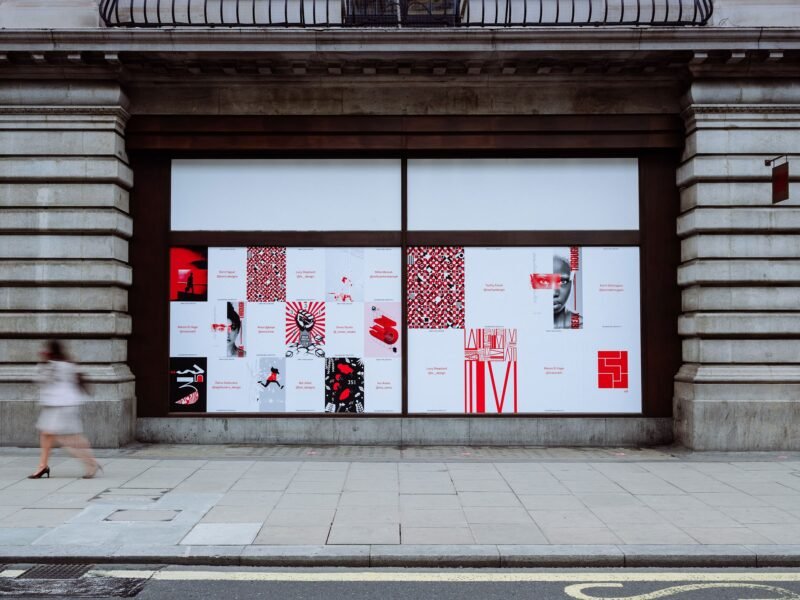Town Squares: Apple’s Contested New Product
Apple Stores in ‘top cities’ around the world are now called Apple Town Squares. Is the tech giant shifting its focus to urban space?
During Apple’s September 2017 keynote, we learned that Apple Stores in “top cities around the world” will not be called Apple Stores any more. Instead, Apple will call these stores ‘Town Squares’. In the short retail section of the keynote, Apple’s retail head Angela Ahrendts announced that these new Apple Town Squares will be “gathering places”. According to Ahrendts, Apple Town Squares should become “places where everyone is welcome, and where all of Apple comes together”. The Apple Town Square in Milan will feature a public plaza and Chicago’s Apple Town Square should “revitalize Chicago’s waterfront”. Ahrendts announced that Apple Town Squares should function as places where one can “relax, meet up with friends, or just listen to a local artist on the weekends”. The renderings of Apple Town Squares show the incorporation of the surrounding area of the city streets and squares into the Town Square design, but the concept mostly focuses on activities, such as Today at Apple, and retail experience innovation in the interior. The main idea is that the new, open design will enable a ‘connection’ to the community. All in all, Ahrendts’ announcement of Apple Town Squares suggests that the Apple Town Squares will function not only as retail spaces but also as public spaces that connect to communities, both physically and socially.


The introduction of Apple Town Squares as such raised many questions, also within the technology industry. Critics argue that Apple Town Squares are imagined as public spaces by Apple, yet many see them as retail spaces that are only promoted as being public. In so, Apple is said to have gone ‘too far’ with their marketing of their retail stores. Furthermore, according to skeptics, Apple Town Squares lack amenities that true public spaces posit. Gideon Fink Shapiro, an architecture and urban studies graduate and architecture historian, tells The Washington Post that a vibrant public space involves an element of surprise; “people walking, talking, kissing, arguing, protesting, making art”. According to him, town squares have been the backdrops of historic events, like protests and riots. Apple retail stores will not, according to Fink Shapiro. He thinks that Apple will likely succeed in attracting many people to their new squares. However, Apple Town Squares will not be true public spaces, which are more messy and organic, while Apple is not messy, says Fink Shapiro.


James Vincent of The Verge, an online technology platform, argues that calling Apple Stores Apple Town Squares is “a pretentious farce”. Vincent says that the Apple “has always been defined in part by onanism and self-congratulation, but has managed a certain degree of self-awareness”. He continues by saying that by introducing Apple Town Squares, Apple “jumped the shark”. Alex Madrigal of The Atlantic calls Apple Town Squares “truly explicitly not a public space. They are the opposite of a public space”. Madrigal says that Apple adopted a “faux democratic language of Facebook and Twitter” in order to “expect fundamentally commercial entities to build community or to serve liberal democracy or to make your voice heard or to act as an agora or whatever else”.


Despite his critique, Fink Shapiro has recognized that “maybe Apple is onto something in the sense that there aren’t enough appealing, vibrant public spaces in our cities”. For an American company that is attempting to be more involved in local communities, it might make sense to invest in public space, which are arguably lacking in American cities. In European cities, like Milan, public spaces are likely more readily available and lively, and Apple Town Squares might be an uncalled for solution for a non-existing problem. Finally, it remains unclear in what ways Apple Town Squares will contribute to local communities, and to what local communities exactly. Whether Apple Town Squares will serve those other than people with shattered iPhone screens and faulty MacBooks remains to be seen.



